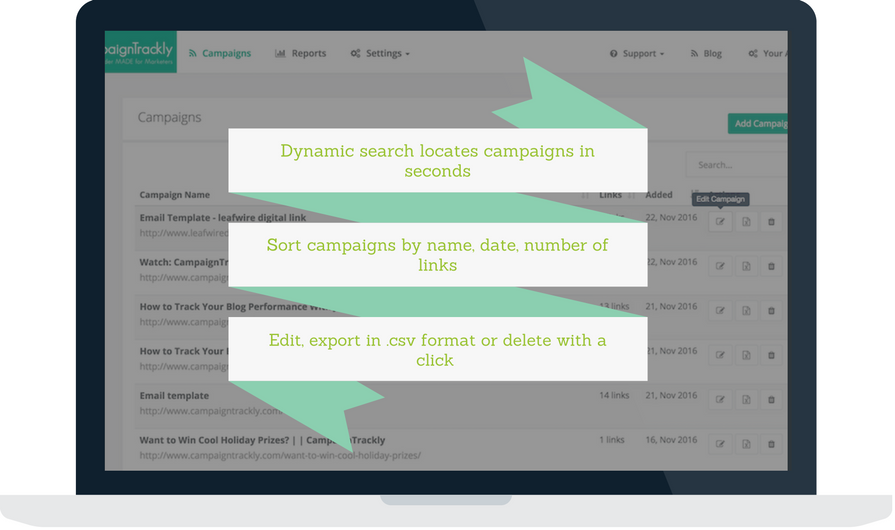
It’s coming from Twitter, the place where it’s being shared.For example, if you were tweeting to your followers about a sweet blog post you just wrote, you could answer the question “Where is the traffic going to come from?” a few ways. Now, I say, “simply,” but there are a multitude of ways that this could be done. So, your “Source” UTM parameter will simply state where the traffic is coming from. The “source” parameter is all about answering the question, “Where is my traffic coming from?”īy adding the parameter &utm_source= to your links, you’re tagging every visit that comes from that link in a way that says, “this visit came from such and such.” Tl dr - You can use the name of the social platform you’re sharing the link to (e.g., Twitter, Facebook) as the “source” UTM tag.
#Utm campaign builder how to#
How to use the “Source” UTM parameter in social media

The good news is: choosing your UTM parameters is as simple as answering those questions for every link you publish. With UTM codes, we’re trying to help Google Analytics tell us the story of how our social media traffic is getting to us. How to use UTM codes and parameters in your social media links Now, let’s look at how to use UTM codes and parameters in your social media links.


See all those “utm_” bits? That’s where we’re labeling the traffic that comes from this link. That’s why a UTM-tagged URL looks like this: This works by using three (or four) elements called “UTM parameters,” which we’ll cover in detail below: When all UTM’ed up, a link should be able to help you answer some basic questions about your web traffic:Įssentially, UTM codes tell the story of how your traffic is coming to you. The 3 Essential Questions a UTM Link Can Answer =)īut before we jump into that, let’s quickly set our expectations for what a well-tagged URL can accomplish for you. I’m about to share an approach to UTM tagging that has been especially helpful for me when it comes to measuring the success of my links, and I hope it will be for you, too. There are many, many ways to track links with UTM codes.Īnd the good news: If you settle on a strategic way to tag your links now, you’ll save yourself a lot of time (and headache!) in the future. You can use them to track the fine details also, like how much revenue you get from your Twitter bio. You can use the UTM variables within the link to track general information, like how much traffic you’re getting from social media. UTM codes help you track the performance of each of those links so you can see where your traffic is coming from. If you’re spending a lot of time in social media, you might be publishing hundreds of new links per day. UTM codes are bits of text you can add to a link that tell Google Analytics (as well as other analytics tools) a little bit more information about each link.
#Utm campaign builder software#
“UTM” stands for “Urchin tracking module.” Urchin Software Corporation was acquired by Google in 2005, and their software laid the groundwork for what we now know as Google Analytics. =) A Quick-and-Simple Overview of UTM Codes What are UTM codes, and why are they so important? I’d love to share with you how that’s done. You can track it all, and you can track it for free: all you need are Google Analytics and a little bit of UTM link codes. What about the percentage of traffic generated by social versus email? What about revenue broken down by social network? (I don’t memorize that sort of stuff either!) But wouldn’t it be great if you could pull up the answer in just a few seconds whenever your boss asks you this? It’s OK if you don’t know off the top of your head. Quick: which social network is bringing in the most traffic to your website right now?


 0 kommentar(er)
0 kommentar(er)
